Chromecast 4K vs HD: Key differences and buying guide
Choosing the right device can significantly change your viewing experience when it comes to streaming. Google’s Chromecast offers two compelling options: the Chromecast 4K vs Chromecast HD.
The Chromecast 4K is made for visual enthusiasts. It gives you access to stunning colors and sharp resolutions, making you feel your living room is a mini-theater. Chromecast HD, on the other hand, is meant for people who desire a high-quality experience without necessarily needing a high-quality definition.
If you want to know more about the difference between these two products, just read this article to the end.
Overview of Chromecast 4K vs Chromecast HD
Chromecast from Google has made it possible to stream almost anything one wants on the television set in the most convenient way.
There are two types of this device: Graphic Display Chromecast 4K vs Chromecast HD, which are two distinct models that may have different display facilities and features.
The Chromecast 4K is the only model from the listed models supporting Ultra HD 4K, making the pictures very bright and the video smooth and realistic.
Released in 2020, it has HDR10, HDR10+, and Dolby Vision additions to improve the color range and contrast of the displayed material.
On the other hand, Chromecast HD is a newer version, and it is an affordable streaming device that offers high-definition streaming services.
It supports full HD or 1080p and other general resolution support options such as HDR10 and HDR10+.
Both of them support casting from smartphones, tablets, and laptops to TVs, which means both of them are compatible with almost any streaming platform.
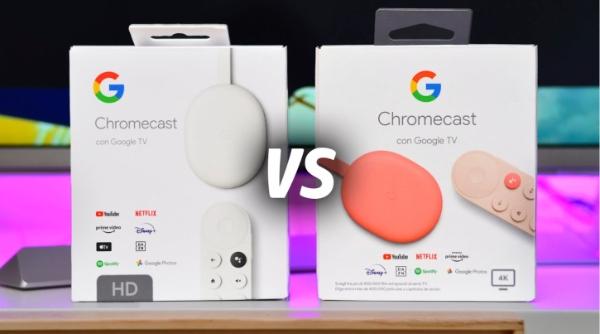


Video quality and performance of Chromecast
The video quality and performance of Chromecast 4K vs Chromecast HD differ significantly:
Chromecast 4K:
This model is considered to provide a higher resolution and clear picture quality and clarity, especially in up-close or high-definition presentation.
It has a maximum resolution of 3840 x 2160 with support for HDR to improve the quality of the screen, especially when playing HDR content.
- Resolution: It has a pixel resolution of 3840 x 2160 pixels, 4K Ultra High Definition.
- HDR: It supports HDR 10, HDR 10 +, and Dolby Vision formats.
- Frame rate: Up to 60 frames per second in 4K resolutions
- Color depth: 10-bit color
- Performance: Support of a powerful processor and 2 GB of RAM provide an appropriate level of video stream quality.
Chromecast HD:
The quality of the images provided by HD is not as great; however, it is more than enough for every user if the images are displayed on comparatively small screens.
The screen also has HDR, which positively impacts the contrast and color gamut of the potential output of this screen diagonal.
- Resolution: It has an LED-backlit display with a native resolution of up to 1920 x 1080 pixels or 1080p Full High Definition.
- HDR: It supports the HDR10 and HDR10+ formats.
- Frame rate: Up to 60 frames per second for at the 1080p video resolution
- Color depth: 8-bit color
- Performance: A slightly less powerful processor with 1. 5GB RAM, which means it can smoothly run any 1080p video.
Audio quality
When it comes to audio, Chromecast 4K and Chromecast HD are almost on par with each other.
Chromecast 4K:
This model provides a better surround sound experience, especially for home theater systems.
Support for Dolby Atmos enables object-based audio, which creates a three-dimensional sound field.
It suits viewers who prefer excellent sound quality and possess appropriate sound systems.
- Supports Dolby Atmos
- Supports Dolby Digital Plus
- Capable of 5. 1 surround sound
- Higher bitrate audio streaming
- Support stereo audio
- Can pass audio to other compatible receivers or sound bars
Chromecast HD:
Even though it is not as sophisticated as the 4K model, the HD option also provides decent sound quality for many users.
It has surround sound capabilities, which makes it ideal for basic home theater systems.
- Supports Dolby Digital
- Capable of 5. 1 surround sound
- Standard audio streaming bitrates
- Support stereo audio
- Can pass audio to other compatible receivers or sound bars
The biggest difference can be seen in the ability of the 4K model to support more advanced audio formats that may be noticeable by those with high-quality audio equipment.
The difference is not as noticeable for ordinary viewers or those who are watching using TV speakers or common audio outputs.
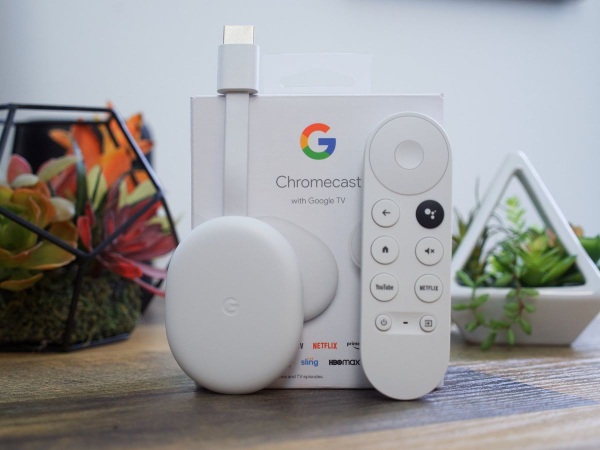


Connectivity and compatibility
Chromecast 4K and Chromecast HD both require a Wi-Fi connection to work. They support 802. 11ac Wi-Fi so that you can stream content without interruption or lag.
It is important to have a good Wi-Fi connection for the best results, especially when streaming in high definition, such as 4K.
TV Compatibility:
Chromecast 4K needs an HDMI port in your TV with HDCP 2. 1080p and 2160p resolution for the highest quality of video.
Chromecast HD can work on almost any TV that has HDMI out.
Content Compatibility:
These two models support a large number of streaming services and apps that are associated with the Chromecast functionality.
As for the video formats, although there may be some differences between the two models, both of them can handle most of the popular formats for streaming.
Remote Control Compatibility:
The Chromecast 4K sometimes comes with a separate remote control, providing a better user interface and control.
Usually, Chromecast HD is operated by a smartphone or tablet app.
Although the two models come with the same features and compatibility, the Chromecast 4K is built for compatibility with high-definition content and may differ slightly in some aspects.
User interface and ease of use
Chromecast 4K (with Google TV)
The inclusion of Google TV in the Chromecast 4K was a major improvement in user experience.
This version comes with an extensive interface that acts as the single point of access to several streaming platforms. Key features include:
- Intuitive interface: The design is intuitive, making the navigation process easy to follow.
- Content discovery: Google TV provides users with suggestions influenced by the viewer’s history.
- Voice control: Compatibility with Google Assistant makes it possible to control the system without using your hands.
- Remote control: The set has a remote control to control the included functions.
Overall, the Chromecast 4K with Google TV is quite impressive in terms of the user interface and navigation, allowing users to find and enjoy their favorite content easily.
Chromecast HD
The first generation of Chromecast HD was about simplicity. It did not have a physical control panel because it was designed to work mainly with the cast function from mobile devices.
Although this method is quite useful, it can be considered less convenient than using a specific remote control.
The interface of the Chromecast primarily depends on the apps that you are casting from; hence, it differs from one app to another. :
1.Simplicity: Users can mirror or cast the content from their smartphones on the TV, but they cannot control the TV interface.
2.Dependency on Mobile Devices: Some users might have found it inconvenient to use a smartphone or tablet for control.
Although it was easy to set up and didn’t require as much space as the 4K Chromecast, the HD version had a less versatile interface.
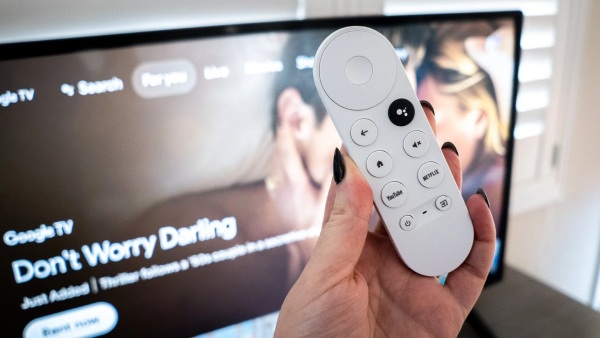


Price and value for money
When evaluating Chromecast 4K vs Chromecast HD from a price and value perspective, we need to consider their features, performance, and target audience:
Chromecast 4K:
- Typically priced around $49. 99
- Gives you 4K resolution, better HDR capabilities, and Dolby Atmos sound.
- Better equipped with higher specifications than the previous models
- More suitable for high-end TVs and Home Theater systems.
Chromecast HD:
- Usually priced around $29. 99
- It has a 1080p resolution and elementary HDR functionality.
- Satisfactory for the majority of regular HD TVs
- More budget-friendly option
Value assessment:
For 4K TV owners: The Chromecast 4K is a much better option in value. The difference in monetary value is not very significant compared to the improvements in video and sound quality and overall performance. It takes full advantage of your TV and is more future-proof.
For 1080p TV owners: The Chromecast HD offers more immediate gratification. If you do not currently have a 4K screen and are not planning on upgrading soon, you will not benefit from the higher resolution; therefore, the cheaper model is more sensible.
For future-proofing: If you are still using a 1080p TV but plan to upgrade to a new 4K TV soon, then the Chromecast 4K could be a good choice. The price difference could be justified by the fact that one could avoid the purchase of another device.
For budget-conscious buyers: If you only require the basic streaming features and have a limited budget, then the Chromecast HD is a great choice as it offers the same content and services at a lower price.
Objective evaluation
The Chromecast 4K is usually more justifiable to get for most people. It costs more because it is more powerful and efficient, offers greater potential for future upgrades, and has more features.
The price difference is also not very large, which makes it a better investment in the long run.
But still, the Chromecast HD remains an option for those who are on a tight budget or those who are confident that they will not require 4K streaming in the near future.
It all depends on your current situation, future prospects, and, of course, the amount of money you are willing to spend.
Bonus: FlashGet Cast for screencasting
FlashGet Cast is a screen mirroring application that helps users stream their devices’ screens on another larger device.
It supports various platforms, and you can use it according to the capabilities that different users may require.
FlashGet Cast offers compatibility with a wide range of devices, including:
1.Smartphones: Android and iOS
2.Computers: Windows and macOS
3.Smart TVs: Android TV
4.Other devices: AirPlay-compatible devices
While FlashGet Cast offers a comprehensive solution, it’s essential to understand the strengths of other common screen casting methods:
Built-in screen casting: Most of the latest devices, including Android and iOS devices, have built-in screencasting capabilities. These are normally easy to use and hardly need any installation or configuration.
AirPlay: A feature dedicated to Apple devices, AirPlay is highly integrated with Apple services for crisp audio and video playback. The receiving end can be a non-Apple device, and screen projection can be started as long as the projecting end is an Apple device.
HDMI connection: The direct HDMI cable connection between the devices is the best for the best picture quality and minimal latency. However, it is not as convenient as the others since it requires a physical cable connection.
Deciding which technique is better depends on compatibility with specific devices, the level of quality that is required, and the simplicity of the technique.
FlashGet Cast stands out with its flexibility and efficiency as a cross-platform screen-sharing tool, which can be helpful in numerous scenarios.
Conclusion
Chromecast 4K and HD models do not differ significantly in basic features, but Chromecast 4K supports 4K video, has a better HDR, and produces better audio output.
Although the 4K version is more suitable and forward-thinking for higher-end systems, the HD model is still a good buy for 1080p television owners.
Meanwhile, If you need software to help you with screen mirroring, FlashGet Cast is a great choice. It is compatible with numerous operating systems and is simple to use.
It works with almost any OS, from Android phones and tablets to PC and consoles, so it can be a good choice for those who want a non-Google Cast solution.
All in all, a decision on which one to pick mainly depends on your existing display, price, and potential changes in upgrade options.

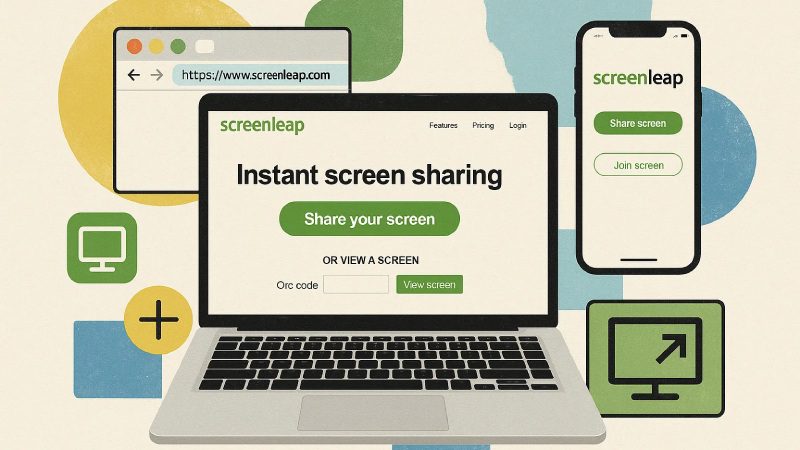
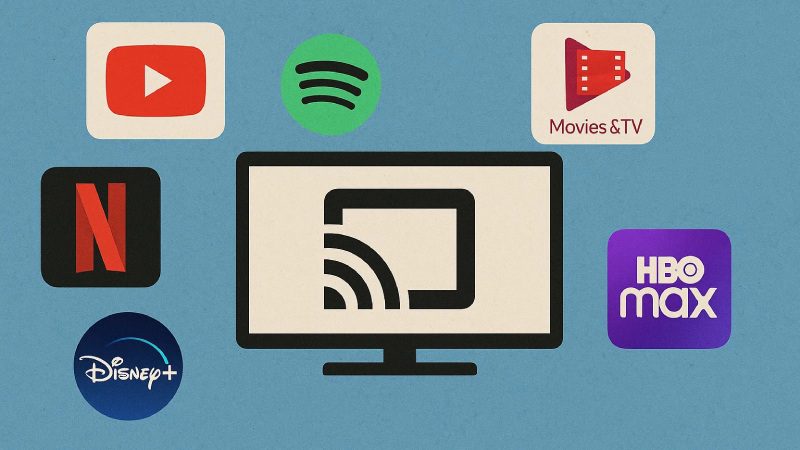
Comments